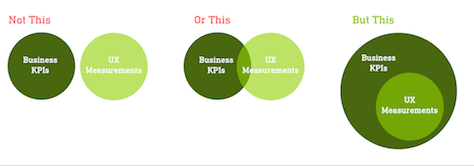
Reducing churn and retaining a solid base of loyal customers is a constant challenge for brands, which is why setting out to reduce that churn must likewise be a constant company goal. I outlined a variety of churn reduction strategies in my recent point of view document on the subject, but there’s a two-pronged approach that merits an especially close look: talking to past and present customers to reduce future churn.
Talking to Past Customers
You can’t always save customers who have already left your brand for what they believe are greener pastures, but talking to these individuals can yield valuable intel that might save some of your current customer base from doing the same. This methodology is often referred to as win/loss research or Attrition Customer Experience (CX), and its findings are invaluable. Talking to past customers can help brands understand what parts of their experience might be driving customers away, as well as better tell which churn might be controllable or uncontrollable.
Win/loss research also affords brands an opportunity to scout out the competition. Past customers usually aren’t shy about sharing which company they switched to and why they think that competitor suits their needs better. While that criticism might sting a bit, it’s a great way to learn about why customers and prospects choose other companies over you. Thus, talking to customers who’ve already gone out the door is rarely a waste of time.
Talking to Current Customers
Once you’ve discussed your brand experience with past customers, it’s important to incorporate those learnings into saving current, at-risk customers from leaving your organization. Arming yourself with context from past customers can go a long way toward reshaping your approach with current customers, listening to their concerns, and understanding why they may feel one way or another about their own journeys with your brand.
Having a powerful Experience Improvement (XI) platform is a priority to take here too. Tools like sentiment analysis can provide brands powerful intelligence that they can compare with feedback from past customers. Combining all of this information can help brands know not just which touchpoints need improvement, but also how best to meaningfully change those areas to retain current business.
Working Upstream
Combining feedback from past and present customers is one of the best ways that brands can prevent future churn. Organizations can rely on this intelligence to be more proactive about saving at-risk customers, identifying and solving broken touchpoints and other experience issues before they result in a loss. Though this process is work intensive and may not save all of your at-risk relationships, the brands that dedicate themselves to soliciting this feedback from all their customers will come away with less churn, and thus more success, than their peers.
Interested in learning more about reducing customer churn? Click here to read my full-length point of view on the subject and to learn additional strategies for reducing churn at your organization.















